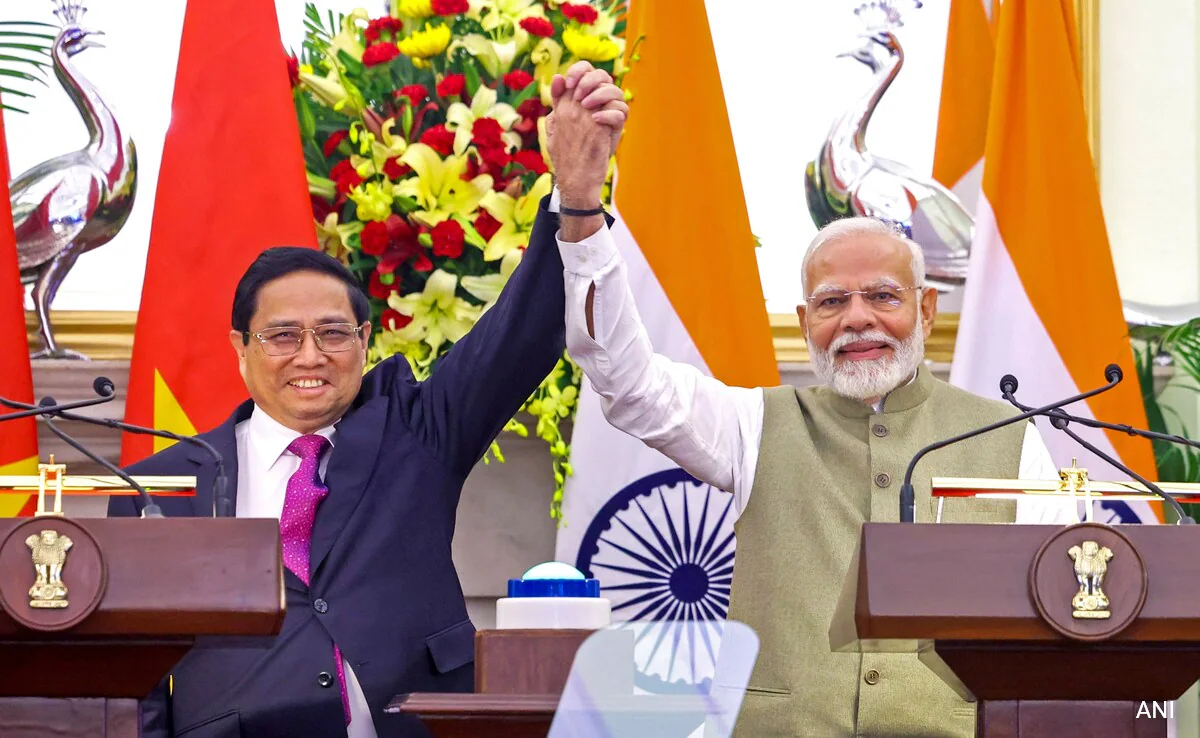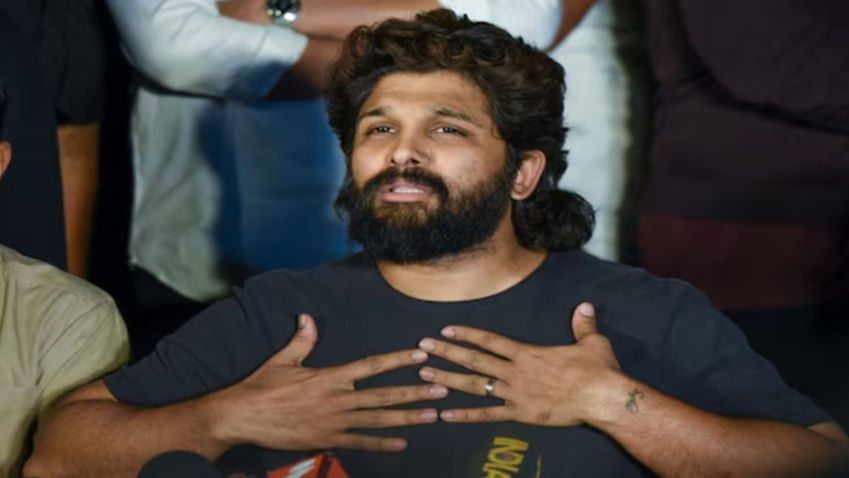On Thursday, India and Vietnam agreed to enhance their defense cooperation to ensure greater stability in the Indo-Pacific region and to reinforce efforts for freedom of navigation and overflight in the South China Sea amid China’s assertive stance in the area.
The agreement followed discussions between Prime Minister Narendra Modi and Vietnamese Prime Minister Pham Minh Chinh. Both leaders also committed to advancing trade and economic relations, aiming to increase bilateral trade from its current $15 billion level, eliminate trade barriers, and establish a new economic diplomacy dialogue.
Vietnam has become a crucial partner for India within the Association of Southeast Asian Nations (ASEAN), particularly in trade and security matters. Vietnam seeks to strengthen its defense and security collaboration with India, especially concerning its ongoing territorial disputes with China in the South China Sea.
During a media briefing after the talks, Modi announced the adoption of a new Plan of Action to enhance their comprehensive strategic partnership, which was first established in 2016. He highlighted a $300 million credit line agreement designed to bolster Vietnam’s maritime security.
Modi emphasized Vietnam’s importance in India’s “Act East” policy and Indo-Pacific strategy, stating, “We share a unified vision for the Indo-Pacific region, supporting evolution rather than expansionism.”
Chinh stated that both nations would intensify their efforts for peace, stability, and security in the South China Sea and advocate for peaceful dispute resolution based on international law, particularly the United Nations Convention on the Law of the Sea (UNCLOS) of 1982.
Chinh proposed doubling bilateral trade and investment within the next three to five years, suggesting the creation of a new mechanism and an economic diplomacy dialogue at the deputy foreign minister level.
In a subsequent speech at the Indian Council of World Affairs, Chinh called for a new trade and economic cooperation agreement and encouraged increased Indian investment in infrastructure, air and maritime connectivity, and oil and gas sectors.
A joint statement from both countries confirmed their agreement on closer cooperation to eliminate trade barriers and enhance bilateral trade. The statement also mentioned that the review of the ASEAN-India Trade in Goods Agreement aims to create a simpler and more trade-friendly system.
Vietnam welcomed Indian investments in high technology, IT, manufacturing, textiles, semiconductors, and renewable energy. In turn, India sought Vietnamese investments in agriculture, aquaculture, wood processing, urban development, bamboo production, digital technology, and e-vehicles.
Additionally, Modi and Chinh virtually inaugurated an Army Software Park at the Telecommunications University in Nha Trang, funded by a $5 million Indian grant. This facility will focus on IT and foreign language training and support digital transformation efforts for military and other sectors.







